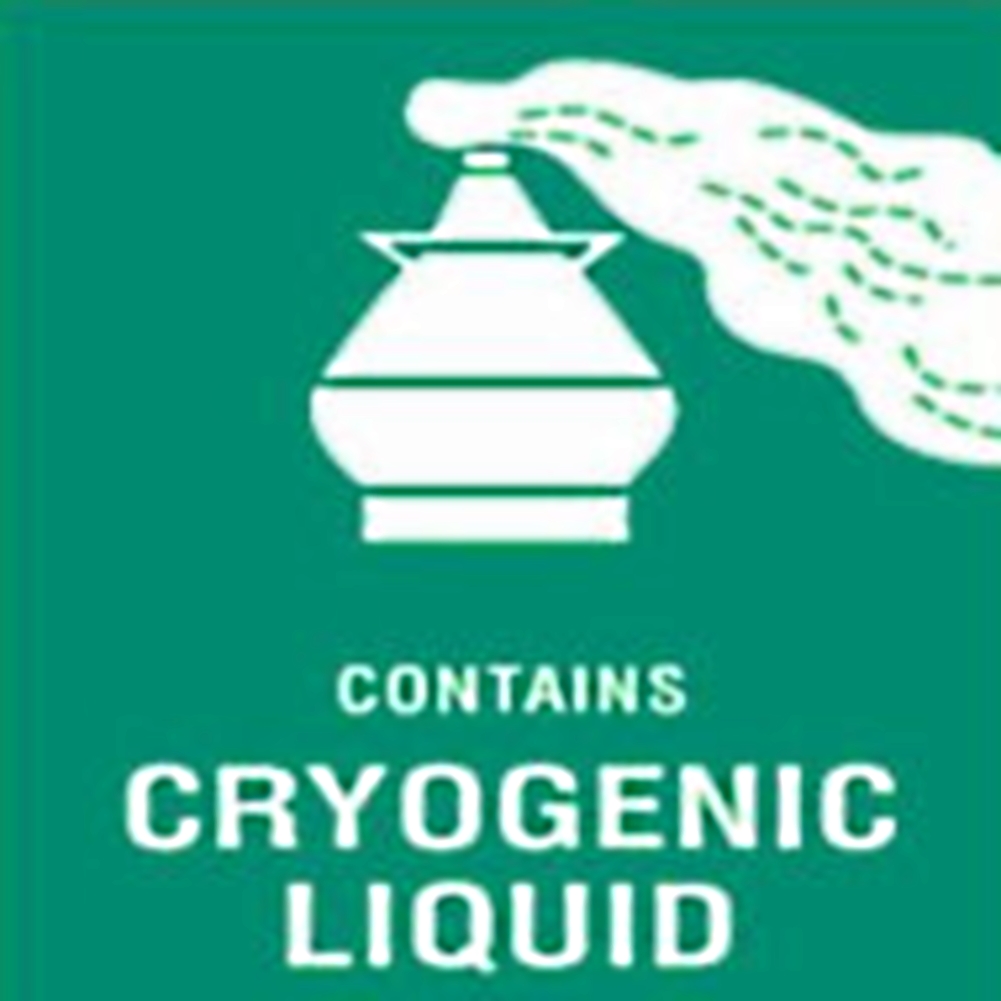Cryogenic Liquids Use
Cryogenic liquids have boiling points below minus 130o F (minus 90o C) and are used in research to provide extremely low temperatures for frozen storage and experimentation.
Common cryogenic liquids of concern include nitrogen, helium, hydrogen, argon, methane, and carbon monoxide. Carbon dioxide and nitrous oxide, which have slightly higher boiling points, are sometimes included in this category as well. Several hazards are associated with their use that must be properly controlled to avoid any contact with components or liquid, or exposure to its gases.
The primary hazards of cryogenic liquids include both physical hazards such as fire, explosion, and pressure, but also health hazards such as chemical toxicity or severe frostbite and asphyxiation.
Not only are some liquid cryogens flammable in gaseous phase but some are very strong oxidizers and under the right conditions, inert cryogenic gasses may condense oxygen from the atmosphere. This oxygen-rich environment in combination with organic, flammable, or combustible materials may be particularly hazardous.
Pressure is also a hazard because of the large volume expansion ratio (~700:1) from liquid to gas that a cryogen exhibits as it warms and the liquid evaporates. This expansion ratio also makes cryogenic liquids more prone to splash and spatter, therefore skin and eye contact may occur.
Contact with living tissue can cause frostbite or thermal burns, and prolonged contact can cause blood clots that have very serious consequences. All laboratory personnel should follow prudent safety practices when handling and storing cryogenic liquids.
The Cryogenic Liquid Guideline describes administrative controls necessary to protect personnel from contact or exposure during handling of cryogenic liquids.
It addresses the following:
- Standard Operating Procedures
- Routine Tasks and Maintenance Procedures
- Use of Cryogenic Liquids
- Dispensing and Transport of Cryogenic liquids
- Storage of Cryogenic Liquids
- Special Precautions for Flammable Liquids and Oxygen
- Special Precautions for the Use of Cold Traps
- Emergency Procedures

For more information or technical support assistance for the proper use and storage of cryogenic liquids, please contact EHS at (313)593-0921.
View the EHS Cryogenic Liquids Use Guideline here.
